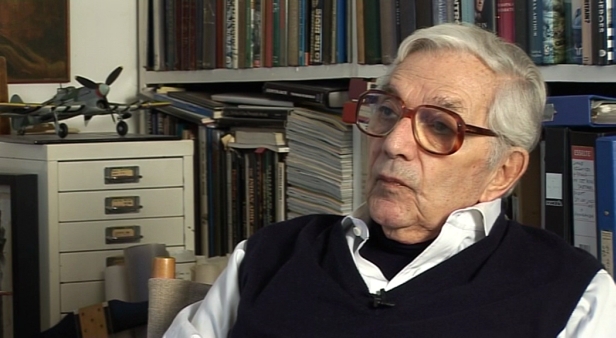NEXT STORY

The war room: the best set that ever designed – Spielberg
RELATED STORIES

NEXT STORY

The war room: the best set that ever designed – Spielberg
RELATED STORIES


|
Views | Duration | |
|---|---|---|---|
| 81. The war room | 250 | 03:59 | |
| 82. The war room: the best set that ever designed – Spielberg | 362 | 00:49 | |
| 83. Kubrick’s skill for revealing the set | 316 | 01:25 | |
| 84. Three elements working together to make a brilliant film | 227 | 02:53 | |
| 85. Stories with Stanley Kubrick | 394 | 01:57 | |
| 86. Dr Strangelove: the missing pie fight | 1 | 1849 | 02:19 |
| 87. Woman of Straw | 202 | 01:48 | |
| 88. Sean Connery's slap | 285 | 01:12 | |
| 89. What we did in the evenings while shooting | 164 | 01:09 | |
| 90. Making In the Cool of the Day with Jane Fonda | 134 | 04:16 |


We all got so involved in it. It... it was really fantastic, I think, for all the people who were involved in the picture. And... we tried to do it with very simple means. I mean I took him to meet Charlie Staffell, who was working at Pinewood. He was a great special effects there, back projection king, you know – they had built those tunnels through the stages, and so on – and asked him how he would project all these symbols on to these gigantic screens. And Charlie had suggested something like 30... 60mm projectors, back projectors, and Stanley said to me, ‘If one breaks down we can lose half a day of shooting. You’ve got to come up with something’.
[Q] Is this for the wall maps?
For the wall maps, yes, these enormous sloping wall maps, and the way I had made them in the art department, on a double, elephant-sized drawing board, we drew up these wall maps and then had them enlarged or blown up by companies who did photographic backings and so on, to the size we required. And then to get all the symbols, rather than projecting them on, I had the wall maps glued on to plywood screens or... cut out where the symbols were, and put... hung a 100 Watt bulb inside. It was like a little box that was perspex, and that went over. But what happened to my... was a disaster, that the heat given off by these, I don’t know how many hundreds of 60 Watt was so much that the paper used to lift... lift off of the Perspex. You know, so we came up then with installing two or three air-conditioning units behind the screens to keep it cool, and then it worked.
But, you know, there was always a first time... problem, like the floor, which, I wanted a smooth, black, shiny floor. Well, the first time we did it, it looked like a seascape, you know. It really did, so then the construction department came up with putting a block wood floor down first and then another floor on top of it, with a much heavier gauge of plywood, and with the black lacquer on it. And then it worked, more or less. Not perfect, but more or less, you see, and it was, of course, fantastic, because it reflected these inclined surfaces in the floor, and you thought you were walking on air. And it was so important for the actors.
Sir Kenneth Adam (1921-2016), OBE, born Klaus Hugo Adam, was a production designer famous for his set designs for the James Bond films of the 1960s and 1970s. Initially, he trained as an architect in London, but in October 1943, he became one of only two German-born fighter pilots to fly with the RAF in wartime. He joined 609 Squadron where he flew the Hawker Typhoon fighter bomber. After the war, he entered the film industry, initially as a draughtsman on This Was a Woman. His portfolio of work includes Barry Lyndon and The Madness of King George; he won an Oscar for both films. Having a close relationship with Stanley Kubrick, he also designed the set for the iconic war room in Dr Strangelove. Sir Ken Adam was knighted by Queen Elizabeth II in 2003.
Title: The war room
Listeners: Christopher Sykes
Christopher Sykes is an independent documentary producer who has made a number of films about science and scientists for BBC TV, Channel Four, and PBS.
Tags: Pinewood Studios, Charlie Staffell, Stanley Kubrick
Duration: 3 minutes, 59 seconds
Date story recorded: December 2010 and January 2011
Date story went live: 14 October 2011